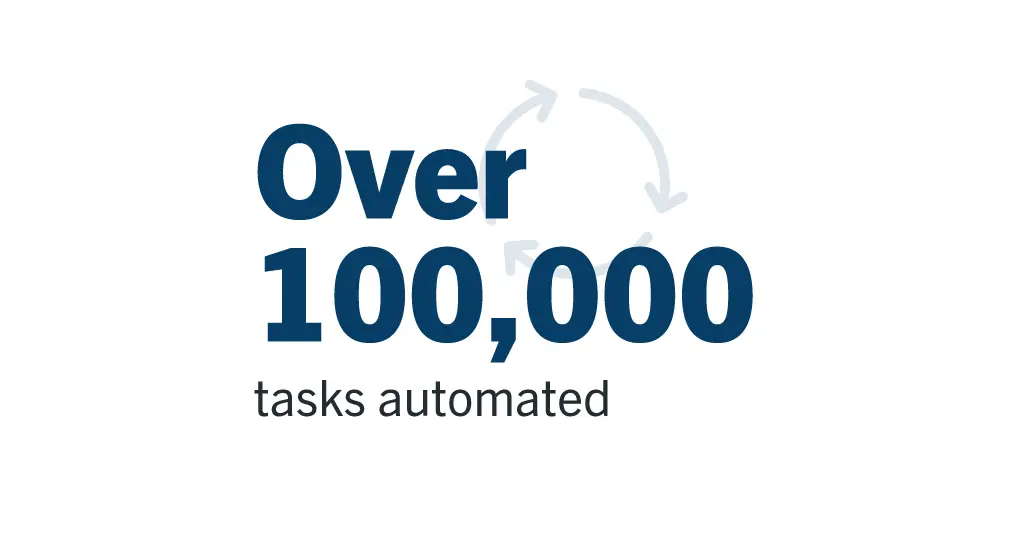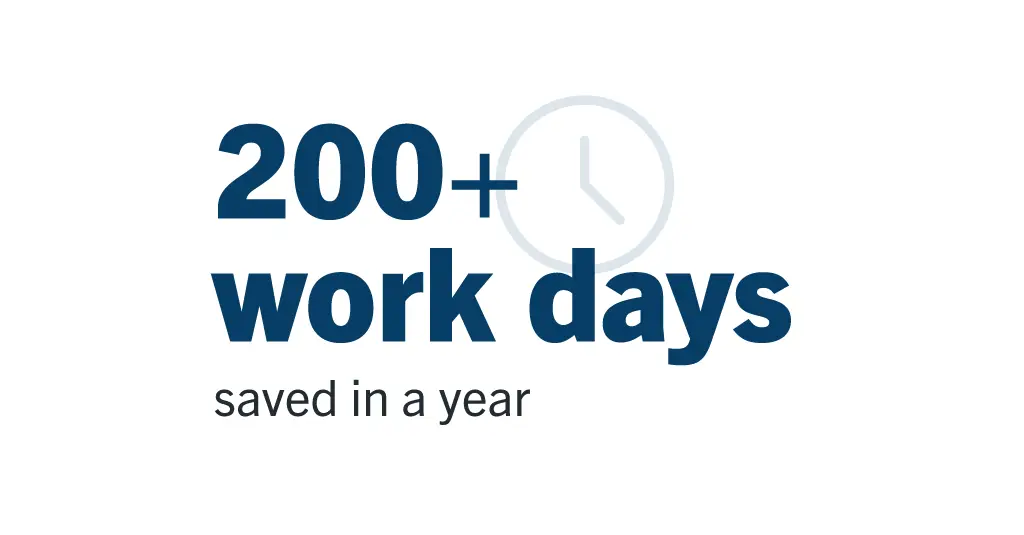The focus on customer experience was one of the core drivers in the process automation strategy for MSIG Hong Kong (MSIG), embracing customer needs in light of a shifting technological landscape and major disruptions. The company sought to phase out legacy systems and increase efficiency for its claims submission service, requiring a highly adaptable content services tool to do so.
Since implementing Laserfiche for claims in 10 different product lines, the MSIG claims team can now manage all claims in a centralized platform, allowing staff to focus on more important claim assessment tasks. By investing in digital transformation for the organization’s EASY Claims System, MSIG has been able to differentiate itself in Hong Kong’s highly competitive insurance industry. The organization’s EASY Claims system has received wide recognition in Asia’s insurance landscape, as well as won MSIG a number of industry awards. In 2019, the company won a Laserfiche Run Smarter Award; in 2024, MSIG earned the Laserfiche Run Smarter Award for Best Program ROI.
“Laserfiche is the catalyst for our users and customers to improve their day-to-day work experiences,” said Alan Yue, Senior Vice President of Information Technology at MSIG.
Seeking a means to respond to customer needs and enable staff to transition to remote working arrangements, Laserfiche has also helped MSIG successfully achieve business continuity, maintaining a high level of operational efficiency and customer service through dedicated portals.
A Claims Processing System Made EASY
Providing general insurance solutions for more than 100 years, MSIG Holdings (Asia) Pte. Ltd. has a history of combining global and local best practices in the organization’s customer-focused approach, believing that the relationship between insurance companies and customers should be based on trust. This commitment to customers led the organization to reassess its reliance on manual legacy systems for process management. MSIG recognized that customers are embracing more digital solutions, presenting an opportunity to make correspondence with clients more seamless and efficient, as well as reengineer the IT infrastructure.
“As a core part of our business, the claims system is one of the most important parts of the MSIG customer journey,” Yue said. “We realized that the entire process was actually quite paper-driven, making it the perfect candidate to digitalize and automate.”
MSIG initiated a business transformation program known internally as “Transformer” in 2017. Laserfiche was chosen as MSIG’s core digital transformation solution with the goal of automating manual and paper-based core business processes, targeting the customer claims submission platform as a starting point. Eventually named EASY Claims, the system improved both operational efficiency and service with a focus on the customer experience. The platform supports self-service submissions, as well as provides transparency of claims status to MSIG customers.

Within the first three months of launch, EASY Claims significantly improved efficiency at MSIG, automating over 100,000 tasks that previously required manual user input.
Additionally, the number of clients submitting claims via the new system has increased by up to 80%. This has streamlined and simplified the claims submission process for customers, aligning with shifting technological expectations and improving response times.

The EASY Claims system also improved the experience for staff processing customer submissions. Originally, acknowledging a newly submitted claim could take two days. Today, it takes fewer than 15 minutes. This translates to a savings of more than 200 work days a year for the claims processing staff organization-wide. The property claims management team specifically was able to save 57 days a year through the EASY Claims system.
The initiative has created the opportunity for ongoing optimization. In 2022, MSIG introduced Zero Touch for Helper insurance plan claims. Zero Touch is MSIG’s digital solution for claims assessment, enabling customers to submit their claims form, supporting documents and contact details online. The system then checks the customer’s claims history, policy validity and claim payment amount. For eligible clinical or dental expenses claims, payments are settled in just two working days. MSIG is planning to add Zero Touch to more products, creating a more seamless customer experience across product lines.
Along with facilitating claims submission for customers and acknowledgement in the backend, the automated process has helped save 12 days a year during the claims finalization stage. In terms of improved staff efficiency, MSIG has increased overall productivity by 1.4 times per hiring cycle within the Claims department alone. As a team with a significant amount of customer facetime and interaction, the Claims department’s increased productivity has improved both employee and customer experience.
In 2022, MSIG Hong Kong honored over HK$356 million, with a claims ratio of 92.9%, seeing a consistent increase for three consecutive years. The organization also reduced the number of complaints received by 50% in two years.
As the platform that powers the EASY Claims system, Laserfiche has helped to ensure a high level of customer service and a user-friendly, customer-oriented interface. The platform removes friction from the process of filing a claim, with intuitive features such as a “save-as-draft” function that enables customers to retrieve incomplete forms at any time using an email link, and smart suggestions that provide basic information and documents that customers will need to make a claim before they fill out the form. Customers can also receive SMS messages, email confirmations and tracking numbers to stay informed of the status of their claims.
“Claims is only the beginning of our digital transformation. Since implementing Laserfiche, we are looking at expanding to multiple channels, underwriting teams and core business processes to digitize and automate as well,” said Yue.
Investing in the Future
Recognizing that the insurance industry has historically relied on legacy processes, MSIG looked to digitize its claim service, rebuilding it to address both staff and client needs. With core business processes established between 10 to 20 years prior, the firm had an intimate knowledge of its users’ needs, refreshing a part of its business that focused heavily on customer and employee input. Working with Laserfiche to develop a nimble IT strategy, MSIG has been able to improve the customer and back-end experience within the claims process without disrupting day-to-day operations.
“Both business and technology landscapes have experienced so much rapid change and development,” said Yue. “These are the primary driver for MSIG’s digital transformation program, equipping us to anticipate our future needs as well as our customer expectations.”
Experiencing unprecedented and unanticipated changes in 2020, the EASY Claims System has proven itself to be highly adaptable, highlighting the need for digital transformation at MSIG. With claims as an obvious starting point, MSIG is looking to expand Laserfiche to other departments and processes. The organization is preparing to introduce claims process tracking for customers, allowing customers to track their claims in real time through the MSIG app or website — further enhancing visibility and continuing to build trust with customers.
“We now have a way to differentiate ourselves within Hong Kong’s insurance marketplace,” said Yue. “Laserfiche has helped users throughout the company to identify opportunities to improve day-to-day work. The sky is the limit.”
To learn more about how Laserfiche drives digital transformation, schedule a consultation today.


